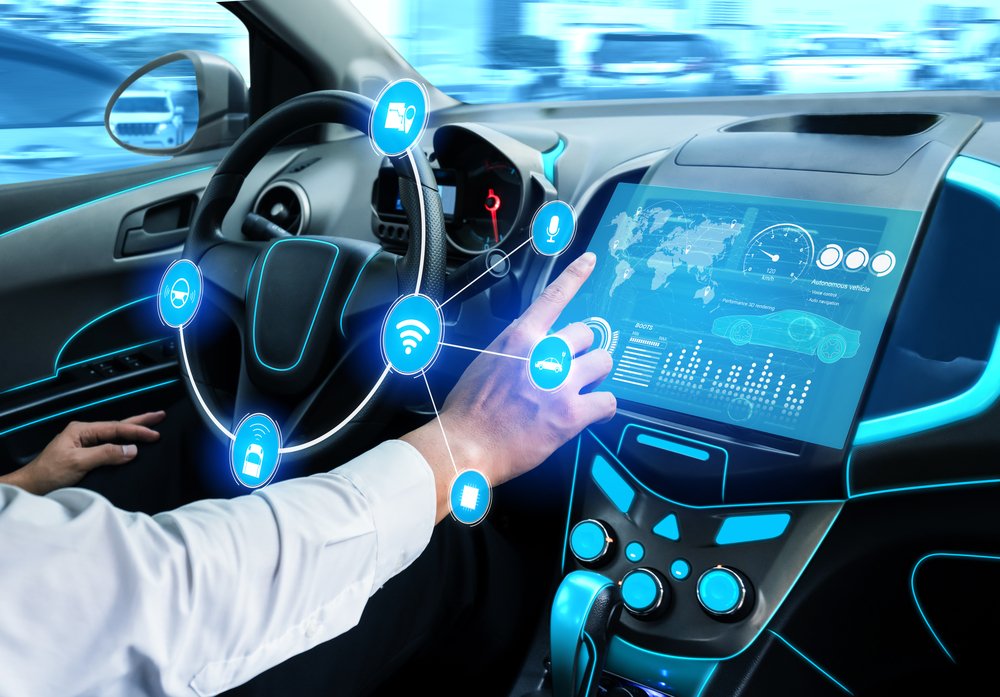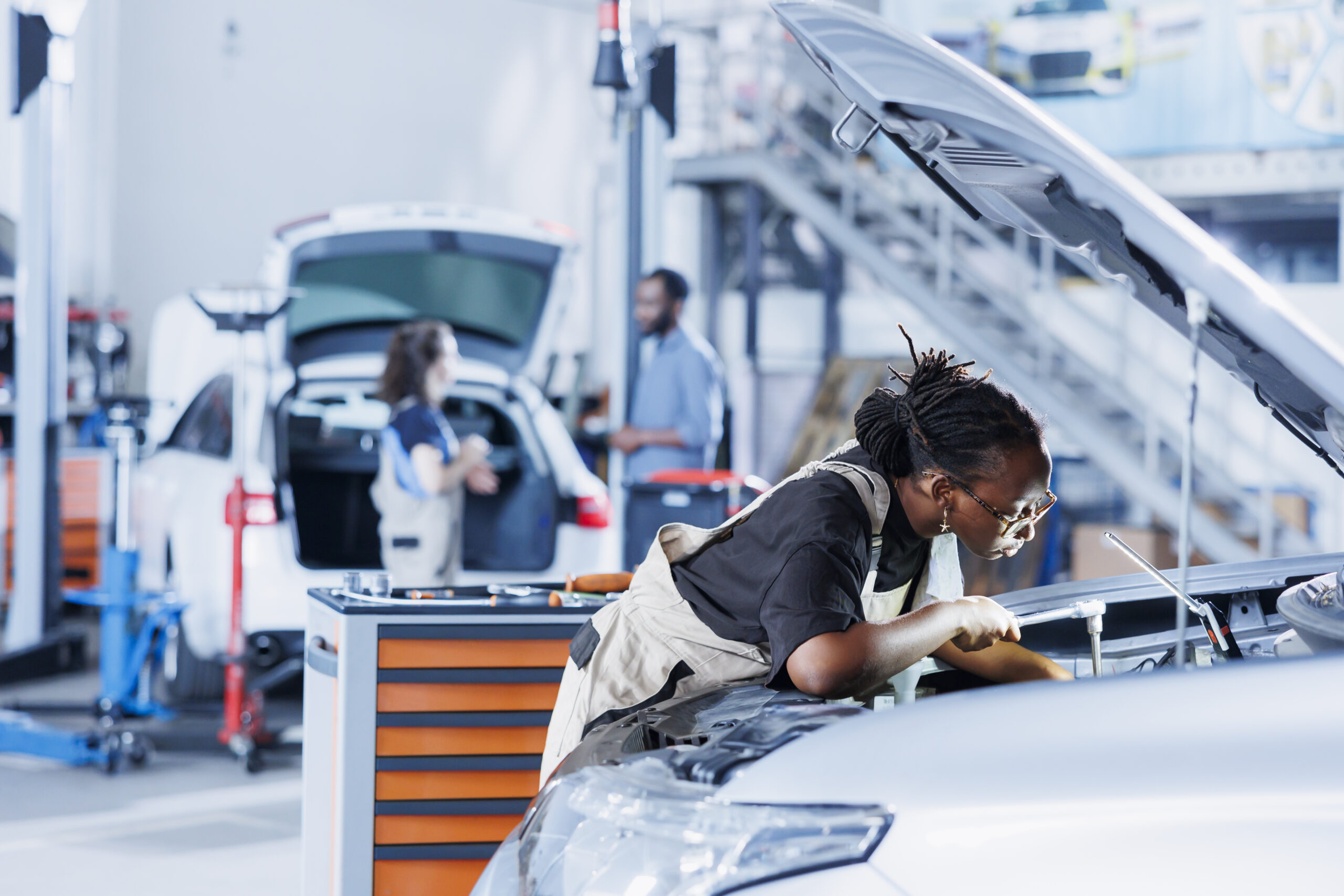
Most shop owners are preparing for the upcoming technological challenges of servicing electric vehicles and those equipped with advanced driver assistance systems — but they certainly expect challenges ahead.
Advisory firm Roland Berger partnered with the Midwest Auto Care Alliance and found that 60 per cent of shop owners plan to make investments in EV powertrain servicing with 22 per cent having already done so.
They weren’t as fast-moving with ADAS, though. Fewer than half (47 per cent) said they plan to make investments in the next 10 years, while only 15 per cent have already.
The biggest challenges shops face are a lack of floor space, receiving and installing equipment and financial barriers getting in the way of investing.
Most shops “have a really tight footprint,” explained Neury Freitas, partner with Roland Berger, at the recent MEMA Aftermarket Suppliers Aftermarket Technology Conference. Recalibrating sensors requires a large amount of space that is designed in a matter to allow for accurate measurements.
He pointed to having EV chargers on site to charge vehicles up after servicing. A Level 1 charger won’t cut it. He doesn’t believe even a Level 2 charger would be good enough. Shops need to have fast chargers at the ready — and multiple ones. Shops can go with lower-level chargers but those would be short-term solutions — as shops service more EVs, they will need the fast chargers to quickly charge up customer vehicles.
“Once you are talking about that type of infrastructure we are talking about a range between $100,000 and $200,000, which is a lot of money for any shop,” Freitas acknowledged during the session, Tomorrow’s Repair Facility Will Adopt Technology.
But shops have made investments in other areas to bring their shops up to date with customer expectations. A third said they’re providing updates via text messaging now. Almost a quarter (23 per cent) said customers can book appointments online. One in five say they allow for online payments.
Seven per cent reported that they provide computer diagnostic reporting, something Freitas said more shops should be doing to raise trust with customers.
“We as consumers, we trust more [when] we see a page that was printed by a machine than actually what we [hear] a technician talking to us most of the time,” he said, pointing to fears that a human would try to “rip us off” and a computer wouldn’t.












Leave a Reply